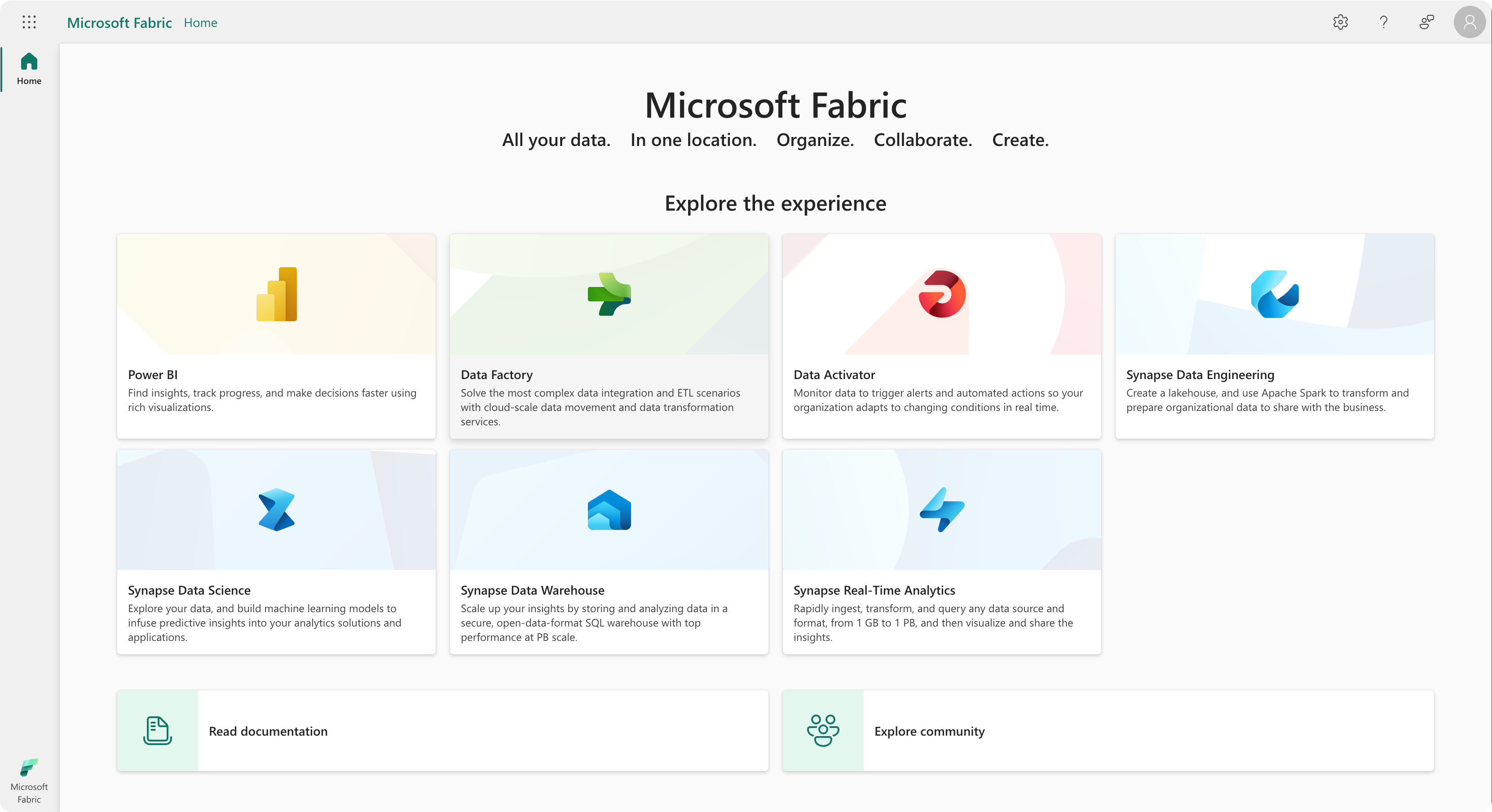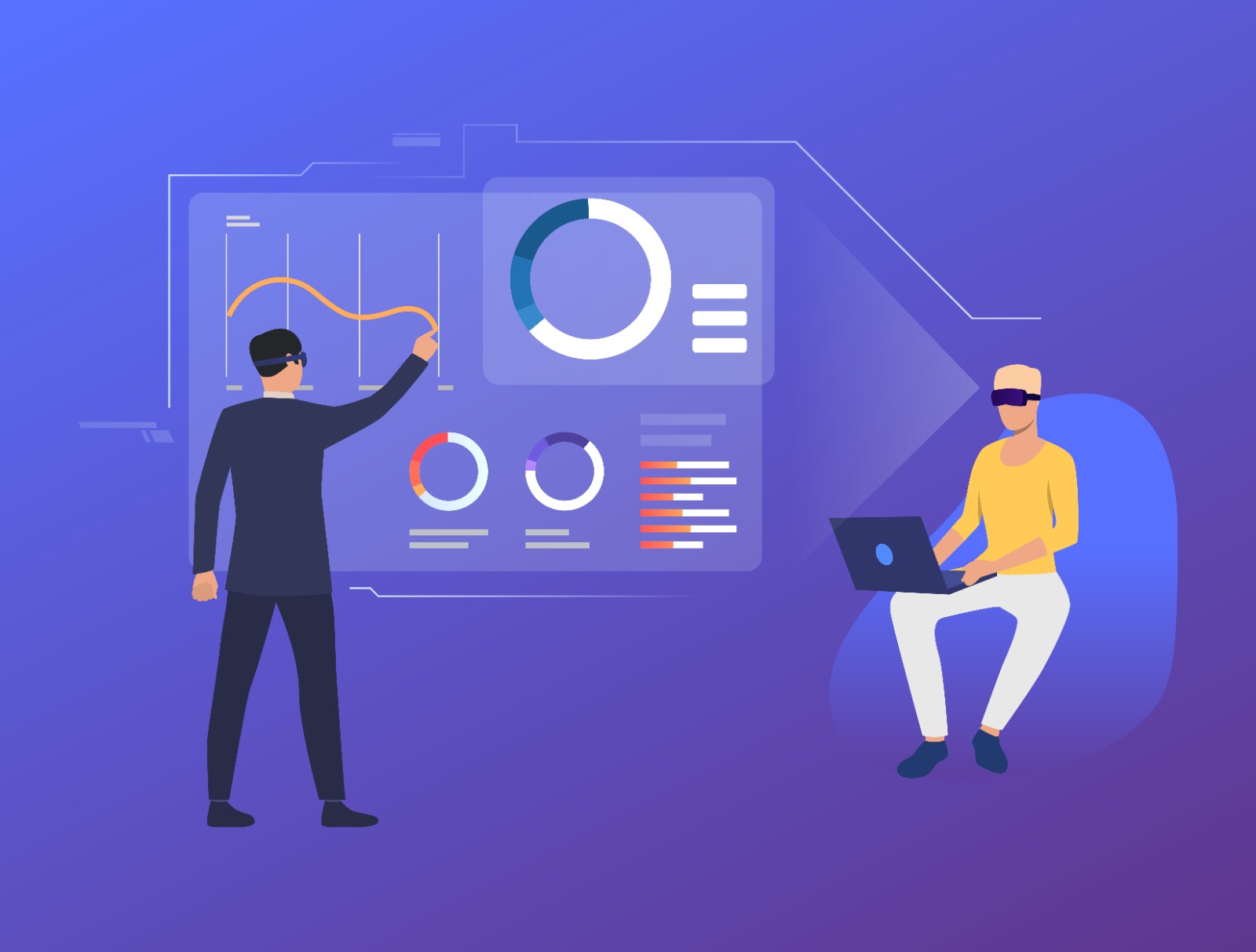How Microsoft Fabric is Shaping the Future of Data Analysis
August 23, 2024
An all-in-one analytics platform that consolidates all the data and analytics tools organizations require.
Introduction:
An all-in-one analytics platform that consolidates all the data and analytics tools organizations require. Fabric combines technologies such as Azure Data Factory, Azure Synapse Analytics, and Power BI into one unified solution, enabling both data and business professionals to harness their data’s potential for the era of AI.
By offering the experience as software as a service (SaaS), everything is seamlessly integrated and optimized. Users can sign up and start realizing tangible business value within minutes.
Utilizing Microsoft Fabric streamlines your analytics projects and shortens implementation times. The unified platform simplifies processes, boosts collaboration, and offers greater visibility into the analytics workflow, leading to quicker decision-making and more efficient project execution.

Unified platform:
Microsoft Fabric aims to revolutionize data engineering and analytics with a unified system that stores all data in a central repository (OneLake) using the industry-standard Delta Parquet format. This eliminates unnecessary data duplication and provides organizations with a single, reliable source of truth.
This allows Data Architects and Engineers to develop a more efficient and streamlined data pipeline, eliminating redundancies and easing the management complexities of handling multiple data copies.
Controlled and Secured:
Microsoft Fabric delivers an open yet regulated foundation, facilitating connections with a diverse array of technologies, tools, and services. This flexibility allows you to select the most suitable solutions for your organization while ensuring effective governance and data stewardship.
Microsoft Fabric ensures robust security through encryption, comprehensive access controls, and integration with Azure Active Directory for secure identity management. It adheres to compliance standards with regulatory adherence, audit trails, and threat detection.
Cost Efficiency:
Microsoft Fabric enables you to optimize costs by consolidating your data management and analytics processes into one platform. This eliminates the need for multiple solutions and reduces complexity, ultimately leading to cost savings in data handling and processing and improved efficiency.
Fabric’s autoscaling features guarantee that you pay only for the resources you actually use, preventing over-provisioning and reducing unnecessary costs.
Components of Fabric:
Microsoft Fabric supports a diverse array of technologies, enabling you to use your preferred tools and frameworks. This flexibility ensures that you can work with the technologies that best fit your organization’s needs and expertise, maximizing both performance and productivity.

Data Engineering:
Fabric’s big data analytics workload allows us to leverage the power of Apache Spark for large-scale data transformation and build out a Lakehouse architecture. Fabric leverages notebooks to do data analysis and collaboration and support multiple languages such as SQL and PySpark.
Data Factory:
It integrates Power Query and Azure Data Factory to create a unified data integration experience for executing ETL (extract, load, and transform) processes. With robust data orchestration, it enables the creation of both simple and complex data workflows, supported by over 300 native connectors for seamless integration.
Data Science:
Empowers data scientists to explore, create, and oversee data-driven models using integrated Azure Machine Learning.
Data Warehouse:
Microsoft Fabric’s next-generation data warehousing features the Delta Lake columnar storage engine, offering a SQL endpoint and a complete separation of compute and storage.
Real-Time Analytics:
Delivers a genuine streaming experience within Fabric by leveraging Azure Synapse Data Explorer’s real-time analytics, enabling streamlined data analysis.
Power BI:
Offers a comprehensive experience in data analytics and data visualization.
Data Activator:
A no-code platform for recognizing patterns and initiating actions.



